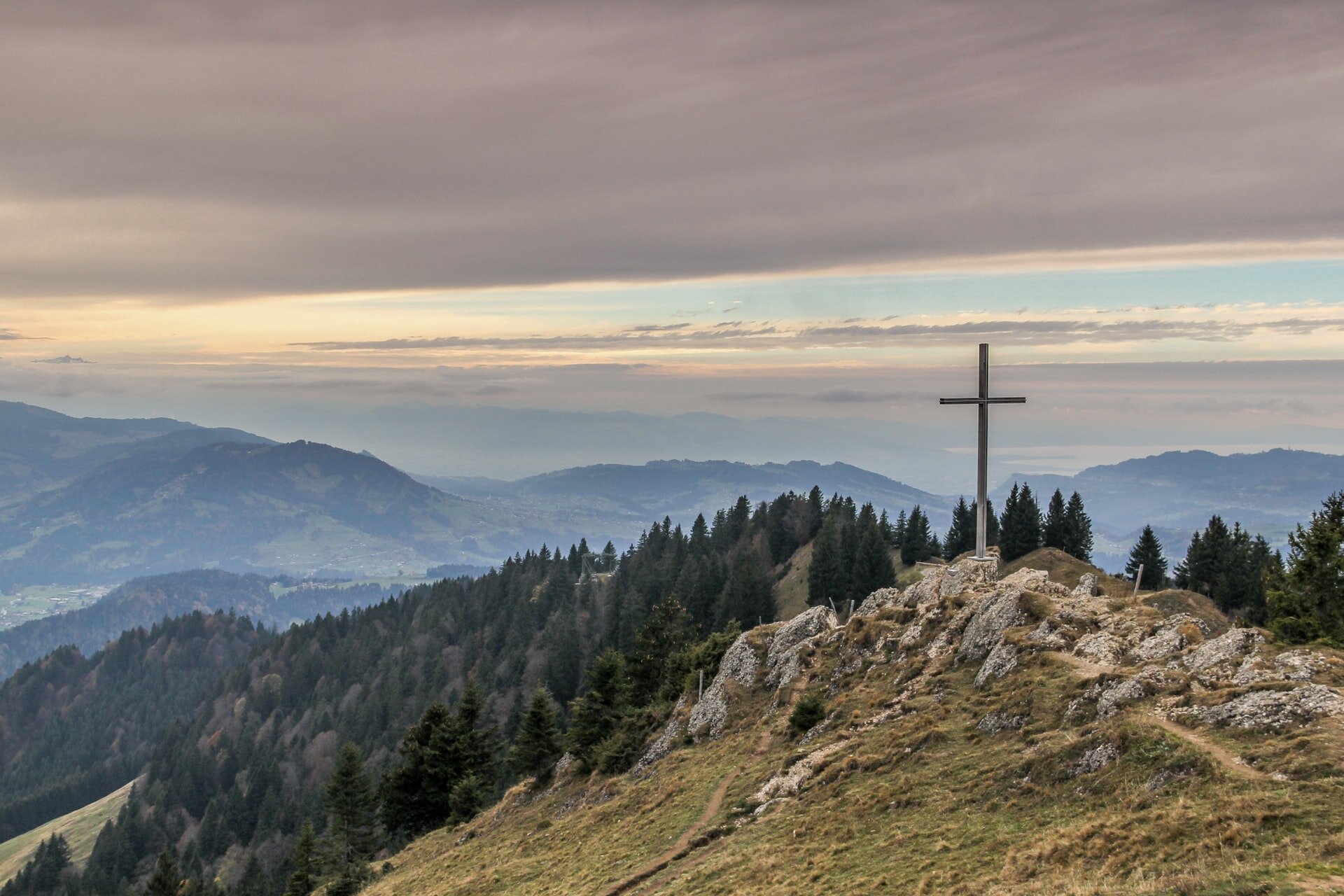It is a Wednesday in early March–Ash Wednesday to be specific. The rain is falling heavy outside our second story window and the other children are at school. Because of the stormy sky I decided to gently nudge him to our covered balcony where there’s enough natural light to take a photograph. He is in his pajamas, the ones we bought from Costco last fall when none of his others covered his massive belly, swollen with cancer.
We’ve spent the morning playing video games and reading books. Every candle is flickering, and the tea pot stays hot, but I am still heavy with the weight of a day that’s sandwiched between yesterday’s chemotherapy infusion and tomorrow’s start of radiation therapy.
When we received the news of his cancer, I didn’t sleep well for many days. Certainly there was deep unease about the procedures to come, and there was undeniable sadness in knowing we were going to watch our child suffer. But what caught me the most off-guard was a recognition that if I watched my child die, there was a chance I’d want nothing to do with God again. I was afraid his kidney cancer diagnosis might be the beginning of me slowly losing my faith.
A few weeks after diagnosis, my husband and I went to church one evening for our elder board to lay hands on us and pray for Owen’s healing. In their circle of love, I confessed the weight of my new doubt, and the questions that had surfaced in each waiting room and doctor’s appointment. Why does a good God allow suffering?
As our elders prayed for us, one of our them began to sing:
When I fear my faith will fail, Christ will hold me fast;
When the tempter would prevail, He will hold me fast.
I could never keep my hold through life's fearful path;
For my love is often cold; He must hold me fast.
That night would be a setting for the most important prayers we could receive during our son’s fight with cancer. And while those prayers weren’t an immediate cure for the fear of losing my faith, it marked a renewed effort to re-learn what I already knew. Studying and wrestling with the Bible, in the midst of researching surgeons and driving to chemotherapy appointments, was not easy. But as I would learn, knowing about God is one thing; living like you believe in Him is another.
Which is why, perhaps, I want to take the photograph of his belly. In the morning hours of Ash Wednesday, when the rest of the Christian world is lining up to receive their reminder of their mortality, I am face to face with my son’s.
He lifts his shirt so I can capture an image that will never leave my memories, even without a photograph. Slowly, he turns his bald head down to take in his own evolving story; the small scar above his heart, with a protruding piece of metal underneath marking his port, and the crooked, fresh scar running across the middle of his abdomen marking a twelve hour surgery removing tumors and a kidney. The newest addition to the scene, at the bottom center of his rib cage, is a black Sharpie mark in the shape of a cross. Tomorrow, the radiation machine will use this cross to line up it’s beams and zap away any remaining cancer cells. At this moment I realize that while I am devastated by his loss of innocence, I am also struck by the beauty. Scars and suffering, but at the center, the cross.
A few hours later, when the rain pauses and my husband comes home, I drive across town to the Santa Barbara Mission where Catholic priests wipe ashes over my forehead and tell me the news I’m desperate to hear: “Remember that you are dust, and to dust you shall return.” Similar to my pastor’s singing, these priests remind me of what I already know but have to hear again: our separation from God can only be rectified by the cross. Jesus, who came to love and heal a broken world, was killed in our place so that the heartaches of today might only be temporary. He fulfilled a promise and marked the beginning of a hope-filled future.
“The cross defines the dimensions of God's love for us (...) this is why it is so crucial for us to develop and test our theology within earshot of the dying cries of Jesus,” says Carolyn Custis James. “At the foot of the cross, we begin to understand that God's plan, shaped and propelled by his love and goodness, includes pain and tragedy––for Jesus and for us."
Our theology rests on this simple fact: God came and died to give our grieving, desperate world a way to be whole again. When I hope for my son, it is for more than his physical healing. The hope I carry for Owen and for all of us is straight from Romans: that the God of hope will fill this world with all joy and peace in believing so that by the power of His Holy Spirit, we can abound in hope.
When I feared my faith would fail, I temporarily forgot that in light of the resurrection I can trust that God’s grace holds me in His mighty right hand. It never was, and never is, my own doing.
Carolyn Custis James’ quote can be found her book, When Life and Beliefs Collide. The hymn in this essay is He Will Hold Me Fast, originally written by Ada Habershon and Robert Harkness .
Photo by Thanti Nguyen on Unsplash
